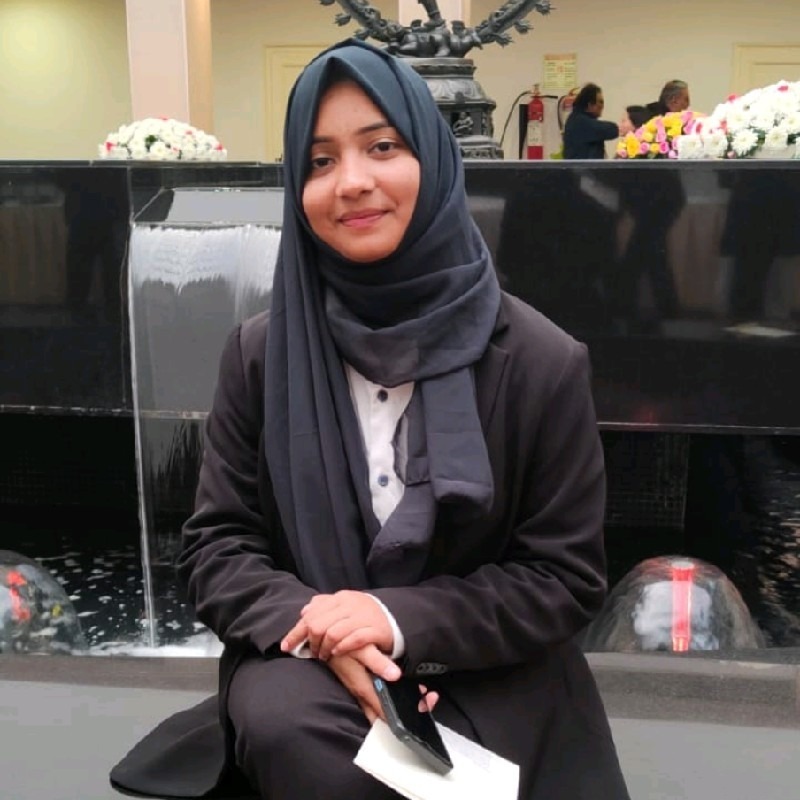
Indecent Representation of Women
INDECENT REPRESENTATION OF WOMEN
- Divishi Arora, Symbiosis Law School, Pune
Under the 1986 Act, The expression "indecent representation" has been characterized in Section 2(c) in the way: "indecent representation of women" means the depiction in any manner of the figure of a woman, her form or body or any part thereof in such a way as to have the effect of being indecent, or derogatory to, denigrating, women, or is likely to deprave, corrupt or injure the public morality or morals.”
Manu Smriti commands that the most elevated regard and respect must be expanded and full protection ought to be given to women all through their life. Women have been delineated in the most good and aesthetic way from one viewpoint and, on the other, they have additionally been survivors of foul, indecent and vulgar depiction. Women have principally remained inside the private circle of the home and men going to work outside. A long time back men assumed the jobs of women and women faltered to open themselves to media. It is seen that in ongoing time media is representing women in an obscene and indecent manner. Media has risen as a significant exploiter of women. It supposedly flouts all standards identifying with profanity, goodness and morality. There is an orderly overdose of nudity and obscenity.
The depiction of sexual orientation as an item in the media is all around reported. Papers, TV, films, magazines, hoardings and banners, link and satellite TV have developed quickly all through the world and of all the well known methods for broad communications, TV has the best mass intrigue and acknowledgment. With the rise of women as shoppers of items, there has been an unpretentious change in the idea of promotions that are put out which claim to ladies as buyers, as opposed to demonstrating women to draw in clients to the item. Women play a critical job in publicizing today both as purchaser and as influencers. The delineation of women in Indian publicizing has been an interesting issue of discussion now. The specialists against the indecent representation of women in promoting emphatically accept that the women\'s good and societal position is mostly decided based on the level of introduction of her physical structure to general visibility of public. Women advertising reclassify ladies allure as something that is away from characteristic.
PART I: CONSTITUTIONAL AND LEGAL PROVISIONS RELATED TO OBSCENITY AND INDECENT REPRESENTATION OF WOMEN
The Indian Constitution in its Preamble, Fundamental Rights and Duties and Directive Principles awards equity to women, yet in addition engages the State to adopt proportions of positive legislation for women. Inside the system of a just country, our laws, development policies, plans and projects have focused on women’s progression in various circles. India has likewise endorsed different worldwide shows and human rights instruments resolving to make sure about equivalent privileges of ladies. Key among them is the approval of the Convention on Elimination of All Forms of Discrimination against Women (CEDAW) in 1993. The Indian Penal Code in Section 292, 293, and 294 IPC specifies laws to control foulness and obscenity. The terms foulness, obscene,indecent or revolting are hard to characterize, as they are unpredictably connected to the virtue in a general public.
The Indecent Representation of Women (Prohibition) Act, 1986 accommodates the guideline of representation of women in the media. It precludes revolting portrayal of women through advertisements, books, compositions, and works of art, figures or in some other way. Section 4 prohibits the creation, sale, recruit, distribution, course, sending by post any books, flyers, slide, film, composing, drawing, painting and so on., which contain foul portrayal of women in any structure.Section 6 on Penalty,the words \'and with fine which may reach out to 2,000 rupees\' will be subbed with the words \'and with fine which may stretch out to ten thousand rupees\' and the words \'in case of a second or ensuing conviction with imprisonment for a term of at least a half year however which may stretch out to five years and furthermore with a fine at least ten thousand rupees yet which may reach out to one lakh rupees\' will be subbed with the words \'in case of second or consequent conviction with imprisonment for a term of at least a half year yet which may reach out to five years and furthermore with a fine at the very least fifty thousand rupees yet which may stretch out to five lakh rupees\'. However ads indicating women in an indecent manner are disclosed throughout each and every day and barely any move is made.
The National Commission of Women (NCW) has proposed adjustments and modification in the Act and expounds upon approaches to fortify it and make it useful with the goal that the objectives can be accomplished.
The Constitution of India ensures balance to ladies and furthermore gives exceptional provisions which engage the State to embrace proportions of positive discrimination for women for killing the socio economic, education and political weaknesses faced by them. Fundamental Rights, among others, guarantee equality and fairness under the steady gaze of the law and equivalent assurance of law; restricts oppression any resident on grounds of religion, race, caste, rank, sex or spot of birth, and assurance uniformity of chance to all residents in issues identifying with business. Articles 14, 15, 15(3), 16, 39(a), 39(b), 39(c) and 42 of the Constitution are of explicit significance right now.
1. Equality before law. (Article 14)
2. The State not to victimize any resident on grounds just of religion, race, position, sex, place of birth or any of them (Article 15 (i))
3. The State to make any special provisions for women and children (Article 15(3))
4. Equality of chance for all residents in issues identifying with employment (Article 16)
5. The State to coordinate its policy towards securing for men and women equally the right to an adequate means of livelihood (Article 39(a)); and equal pay for equal work for both men and women (Article 39(d))
Also Article 42, Article 46, Article 47 and Article 51(A) (e) contributes for it.
PART II: CASE LAWS
1. Ranjit D. Udeshi versus Territory of Maharashtra:
In this milestone case, a bookseller was reserved under IPC for selling unedited and expurgated version of "Lady Chatterley\'s lover" the case set down what has come to be known as "trial of obscenity." It says that indecency must not be decided by a word, here a section there. The work all in all must be investigated and seen concerning how it sways the general public, peruse all in all. In the words of the court, "where indecency and art are blended, art must be so preponderate as to toss the obscenity into a shadow or the vulgarity so inconsequential and unimportant that it can have no impact and might be ignored. It is vital that a parity should be kept up between "the right to speak freely of discourse and expression" and "public decency and morality"; however when the latter is significantly violated the previous must give way.
2. Chandra Raja Kumariand Anrversus Police Commissioner, Hyderabad
In this case it was held that right to live incorporates right to live with dignity, pride or goodness and in this manner holding of beauty contest is hostile to nobility or dignity of women and violates Art.21 of the constitution.
REFERENCES :-
1. ‘The Indecent Representation of Women in Advertising and Media’ • Page 1• <https://feminisminindia.com/2017/02/09/indecent-representation-women/> accessed 13 April 2020.
2. ‘Ministry of Women and Child Development- Act:Indecent representation of women, 1986’ • Page 2•< https://wcd.nic.in/act/indecent-representation-women> accessed 12 April 2020.
3. ‘Law, Media and Women’•Page 4• <http://www.legalserviceindia.com/article/l210-Law,-Women-And-Advertisements.html>accessed 13 April 2020












